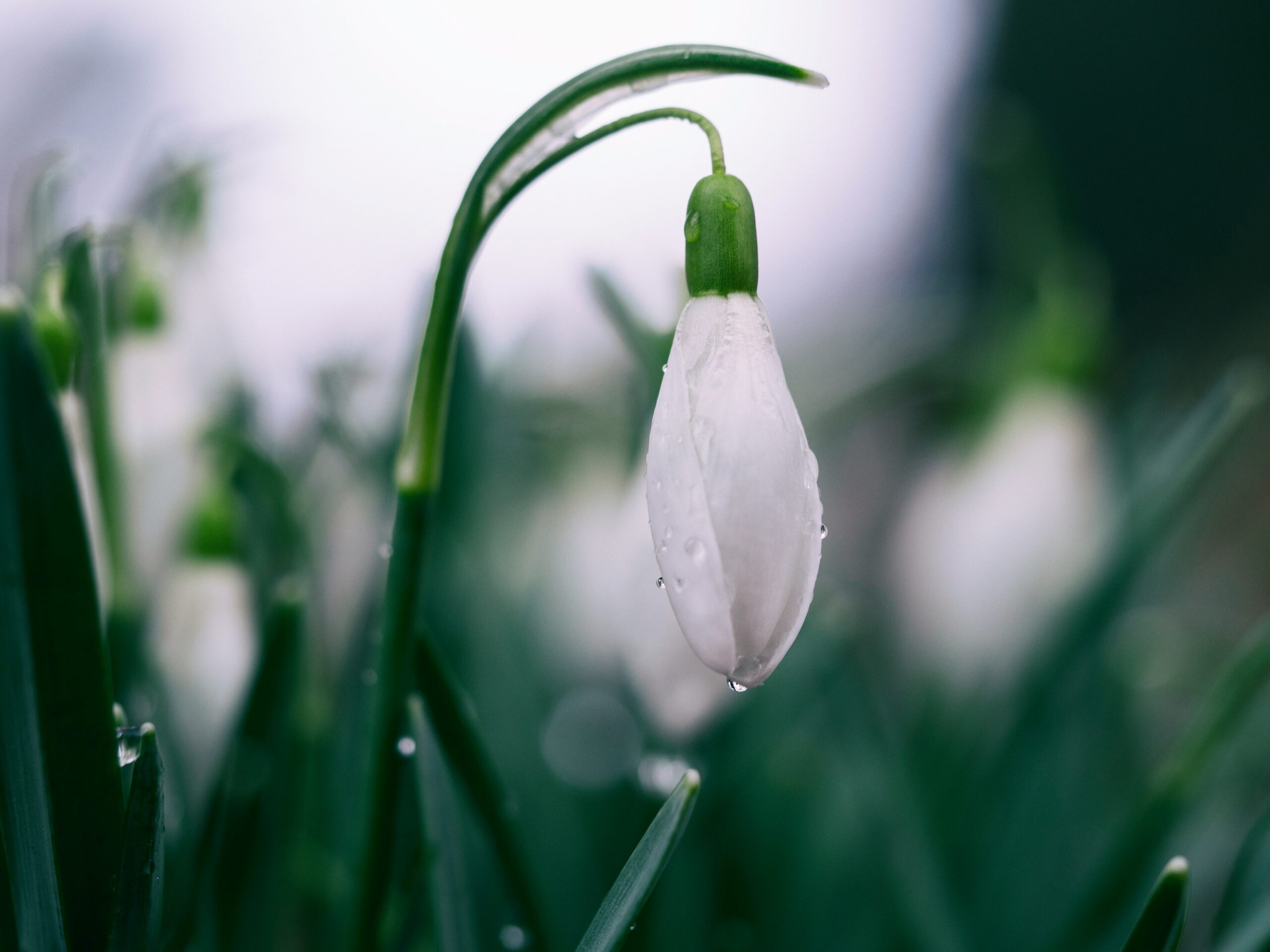黄鶯睍睆 (うぐいすなく)
日本語
春はもうすぐそこ。
二十四節気の「立春」を過ぎ、次の候である「黄鶯睍睆 (うぐいすなく)」を迎えると、山里ではウグイスが美しくさえずり始めます。
「睍睆 (じょきょう)」とは、美しい声で鳴く様子を表す擬態語。梅の花が咲き始め、まだ寒い日も残る中、ウグイスの透き通った声が春の訪れを鮮やかに告げてくれます。
ウグイスのさえずりは、オスが縄張りを宣言したり、メスへの求愛のために鳴いたりするものです。その声は、遠くまで響き、心を明るくしてくれる力を持っています。
古くから、ウグイスは春を象徴する鳥として親しまれてきました。和歌や俳句にも多く詠まれ、絵画や工芸品にも描かれています。
ウグイスのさえずりを聞くと、自然と心が軽やかになり、春の喜びを感じずにはいられません。

英語
The Nightingale’s Song: A Sign of Spring
Spring is just around the corner.
After the twenty-four solar term of “Risshun” (立春), the arrival of the next候, “Uguisu Naku” (黄鶯睍睆), marks the beginning of the beautiful chirping of uguisu (鶯), or Japanese bush warblers, in the mountains.
“Jokyō” (睍睆) is an onomatopoeia that describes the melodious sound of their singing. Amidst the blooming plum blossoms and the lingering cold, the clear voices of the uguisu vividly announce the arrival of spring.
The uguisu’s song serves as a declaration of territory by the males and a way to attract mates. Its vibrant sound resonates far and wide, possessing the power to brighten one’s spirit.
Since ancient times, the uguisu has been revered as a symbol of spring. It has been featured in numerous waka and haiku poems, as well as in paintings and handicrafts.
Hearing the uguisu’s song naturally lifts one’s spirits and brings forth an unmistakable sense of springtime joy.

コメント